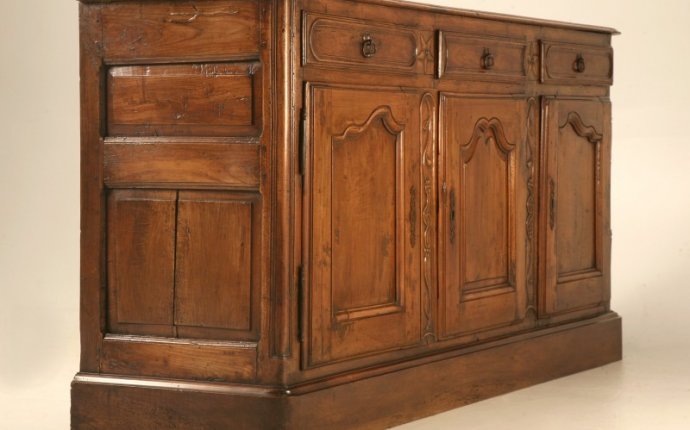
Antique Furniture Pieces
Antiques are hot. And anything that is hot is probably being reproduced. Not knowing how to tell the difference between something that was made a hundred years ago and something similar that was made last year can result in a buyer getting burned. With the prices being paid for many antiques, it could be a serious burn.
Here are a few ways to tell if it's a real antique:
- Expect to find signs of age on an older piece, such as boards separating on the seam separation. A new piece will look flat and smooth on top. Other indications include: Black marks that indicate there’s been water on the piece at some time (perhaps from a plant), nicks and dings on the corners, and even worm holes (but make sure a worm, not a drill, made them.).
- Look closely at the hardware to see whether it displays legitimate signs of age.
- Each piece of hardware on an antique should also differ at least slightly from the others, while the hardware on a new piece will be regular – so regular that it’s too perfectly “old” looking.
- Take out all the drawers and examine the bottoms and sides. An antique will have irregular dovetail joints, while a new piece will have perfect joints, cut by a computer-aided machine.
- A single slot screw is another sign of age.
- Also examine the drawer’s runner for signs of wear – the indication that it’s been opened thousands of times over the years.
- Other indications that a piece of wood furniture is a recent make include consistent color, factory-rounded corners, and modern screws. Another thing to note: Odor. A new piece simply smells newer.
- Generally speaking, square nails and worm holes together in a piece of furniture would indicate an antique. But somebody could build a new piece with old nails, or use old wood with new nails, so look carefully.
- An antiques store may offer the luxury of having pieces appraised, but at an auction or flea market, that's unlikely. When having a piece appraised, make sure to pay an appraisal cost per piece. Don’t get locked into a situation paying a percentage of the value of the piece to have it appraised, or else the appraiser might be tempted to bump the price up a bit.
- There is a way to tell whether an antique has been refinished, and this is very important, because antiques with an original finish are worth more than the same antiques that have been refinished. Turn the piece upside down or on its back and look for the telltale drips and runs that indicate the piece has been worked over.









